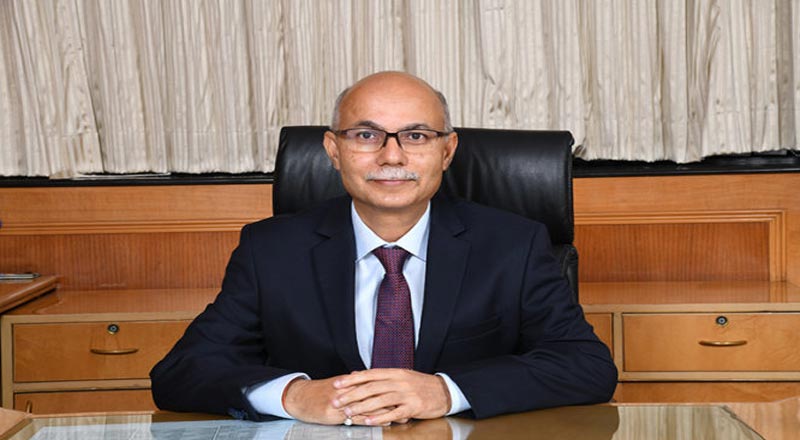Laying the Foundation for a Silicon Future
India’s quest to establish itself as a global semiconductor hub received a decisive push as the Union Cabinet, chaired by Prime Minister Narendra Modi, approved four new projects under the India Semiconductor Mission (ISM). With a combined investment of approximately ₹4,600 crore, these ventures are expected to create 2,034 direct jobs for skilled professionals and generate thousands of indirect employment opportunities in the broader electronics manufacturing ecosystem.
With this move, the total number of projects sanctioned under ISM has risen to 10, spanning six states and drawing a total committed investment of ₹1.60 lakh crore. The fresh approvals not only expand India’s manufacturing capacity but also introduce advanced semiconductor technologies to the country for the first time.
Strategic Expansion Across States
The newly approved projects are geographically distributed to leverage regional strengths and existing industrial infrastructure:
· Odisha — Bhubaneswar’s High-Tech Leap
SiCSem Private Limited: In partnership with UK-based Clas-SiC Wafer Fab Ltd., this facility will become India’s first commercial compound semiconductor fabrication unit. Specialising in silicon carbide (SiC) devices, it will produce up to 60,000 wafers and 9.6 crore packaged units annually. SiC technology is crucial for applications in missiles, defence electronics, electric vehicles, rail systems, fast chargers, data centres, home appliances, and solar inverters.
3D Glass Solutions Inc.: Also at Bhubaneswar’s Info Valley, this plant will introduce the world’s most advanced glass-based packaging technology to India. Its production will include glass interposers, silicon bridges, and 3D Heterogeneous Integration (3DHI) modules. Annual output will reach 69,600 glass panel substrates, 5 crore assembled units, and 13,200 3DHI modules—targeted for defence, AI, photonics, high-performance computing, automotive, and co-packaged optics.
· Andhra Pradesh — Advanced Assembly for Electronics
Advanced System in Package Technology (ASIP), in collaboration with South Korea’s APACT Co. Ltd., will establish a semiconductor unit with an annual production capacity of 9.6 crore units. The output will serve mobile devices, set-top boxes, automobiles, and a variety of consumer electronics.
· Punjab — Powering High-Energy Devices
Continental Device India Ltd. (CDIL) at Mohali will expand its existing plant to manufacture high-power discrete semiconductor components such as MOSFETs, IGBTs, Schottky Bypass Diodes, and Transistors. With an annual capacity of 158.38 million units, these devices will feed into EV charging stations, renewable energy systems, power conversion equipment, industrial automation, communication infrastructure, and automotive electronics.
By localising these technologies, India reduces dependency on imports, addresses security concerns in sensitive sectors, and positions itself as a competitive manufacturing destination for next-gen chips.
Building the Talent and Design Ecosystem
The government’s strategy under ISM is not confined to manufacturing. To ensure a sustainable talent pipeline, it is actively supporting chip design initiatives. Design infrastructure access has been extended to 278 academic institutions and 72 start-ups, fostering a vibrant design ecosystem that complements manufacturing growth.
So far, over 60,000 students have participated in semiconductor-related training programs, equipping them with skills relevant to chip design, testing, and fabrication. This focus on human capital development ensures that India’s semiconductor ambitions are backed by a workforce ready to meet global standards.
A National Economic Imperative
The semiconductor industry is often called the “oil of the 21st century” because of its central role in powering the global economy. For India, developing a robust chip manufacturing ecosystem is not just a technology goal—it is an economic and strategic imperative. The sector underpins industries from consumer electronics and automotive manufacturing to defence and space exploration.
By attracting global technology leaders, forging international partnerships, and enabling domestic players to scale, India aims to integrate more deeply into global semiconductor supply chains while building resilience against external disruptions.
A Measured but Ambitious March
The Cabinet’s approval of these four projects is a calculated yet ambitious step toward making India a significant player in the global semiconductor race. With breakthroughs like the first commercial compound semiconductor fab and world-class glass packaging unit, the country is not merely expanding capacity—it is leapfrogging into advanced niches of chip production.
However, the true measure of success will depend on timely execution, integration with global supply networks, continued talent development, and consistent policy support. If these elements align, India’s semiconductor sector could evolve from an emerging industry to a global powerhouse—driving innovation, securing supply chains, and propelling the nation toward its vision of “Atmanirbhar Bharat” in high technology.
(With agency inputs)






















